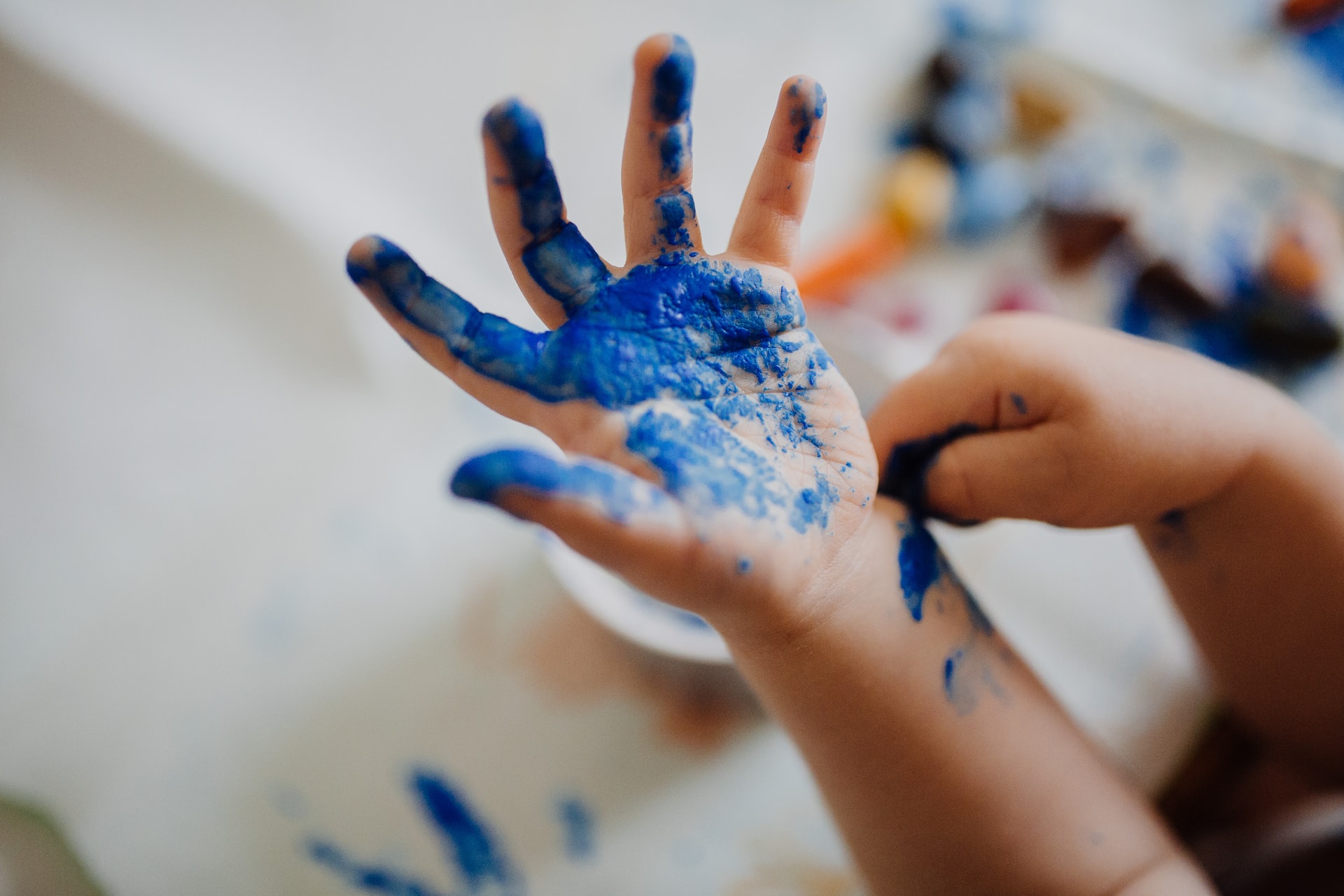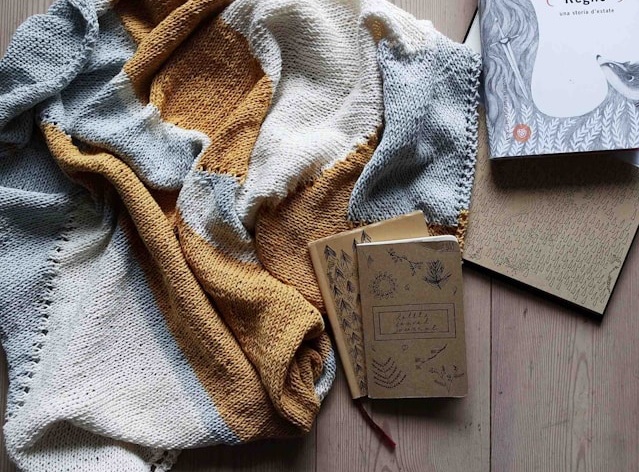6 Ways Creativity Can Support Your Child’s Wellbeing
In partnership with BDO.
We all know that children love to draw, paint and colour. But creative pursuits are not just a fun thing to do. There have been a variety of studies that show that creativity is hugely beneficial to their wellbeing. From increased abilities to cope with stress and calm the body to boosted confidence, emotional intelligence and increased attention spans, there are many reasons to encourage your child to indulge in their creative side.
But how does creativity play such an important role in wellbeing and particularly that of children? Read on to find out.

1. It Naturally Improves Mood.
Spending time on a creative task often makes us feel happy. Many of us have noted that in our lives. And this is backed by science. In fact, multiple neurological studies have shown that creative pursuits do in fact alter our brain chemistry. When partaking in a creative activity, such as colouring, drawing, writing and so on, our brain is flooded with the feel-good hormone dopamine, a natural antidepressant. Some have even compared working on a creative task to meditation in terms of the calming benefits on the body and brain, resulting in emotional balance. In children, this works in exactly the same way. Which is great news cos, let’s be honest, for many parents, it may be that an art project is an easier thing to get younger kids to do than a meditation session.
2. It Promotes Emotional Development & Mental Resilience.
A study concluded that the more that children could think creatively and come up with novel solutions to problems - something they naturally do when designing or creating something, the more able they were to cope with new or stressful situations in other areas of their lives. This, in turn, makes them better communicators too as they are able to think things through in a clearer way. The more a child can learn to think about things creatively, the more they are able to deal with stressful situations in a healthier way. And the easiest way to develop that skill is to encourage them to partake in more creative tasks.
Additionally, art has long been lauded as a wonderful way of expressing emotions that cannot be put into words, which allows children to release any pent up feelings and emotions in a healthy and creative way, which in turn supports their mental health. In fact, the technique has long been used in children’s therapy sessions.
3. It Increases Their Ability To Focus.
We all know that our attention span is waning. Social media is set up to grab our attention quickly and take it away even quicker. And each generation is more and more entrenched in it than the last, with ads and apps popping up on our devices at every turn. When our mind is bouncing around between different things, we lose a sense of calm, serenity and focus. A creative project, be it art or writing or even cooking has the ability to completely absorb our attention for a longer period of time. This is referred to by many in the health and wellbeing space as being in a “flow state”.
"Developing an increased attention span and getting into a ‘flow state’ when immersed in a task - something most parents would love to see in their kids - is just one of the many benefits of creative activities."
But this isn't just a fluffy 'wellness' concept. Creative flow is actually a scientifically proven thing. When we are in flow, studies have shown that our brainwaves slow down as the brain fills with endorphins and the prefrontal cortex (the bit that helps us make sensible decisions and self-regulate) temporarily deactivates, meaning we think more clearly and are less critical of ourselves allowing us to be even more creative and daring in our choices. In children, this lack of self consciousness leads to a boost of confidence allowing freedom of thought and creativity - something vitally important for their emotional and social development.
4. It Builds Their Confidence and Self Esteem.
As well as this boost of confidence coming from being creative without boundaries (with boundless curiosity, if you will), there is also a confidence that comes with succeeding in completing a task. Creating something, be it a piece of art or a short story, provides children with a sense of achievement, alongside that dopamine hit, which in turn builds self esteem. Throughout the process of creating a piece of art, a child develops skills such as observation, critical thinking, calculated risk taking and autonomous decision making. All of these things build them up to be confident in other areas of their lives.
5. It Develops Individuality.
Traditional creativity goes hand in hand with a strong sense of personality. Think of any well-known creative genius throughout time - artists such as Picasso or Tracey Emin, writers like Hemingway or Victor Hugo, musicians such as David Bowie or Lady Gaga. They are all known to have strong, unique personalities, which may lead us all to conclude that the more time that you spend on creative pursuits, the more individuality you develop. You may not be looking for your child to be the next Vincent Van Gogh for a variety of reasons, but encouraging them to take an hour away from screens where they are passively absorbing content and instead suggesting they actively create content themselves will engage a different area of their brain.

6. It Supports Physical Wellbeing
It has been well documented that our immune systems are weakened by stress in the body, so it could be said that children who can deal with stressful situations well may also naturally experience fewer physical effects of stress on their bodies. Plus, whilst not being in front of a screen will rest their eyes for an hour or two, there are many other benefits to the physical development of younger children that comes from creating, namely fine motor skills - their hand-eye coordination and even their hand and finger strength if they are building something.


